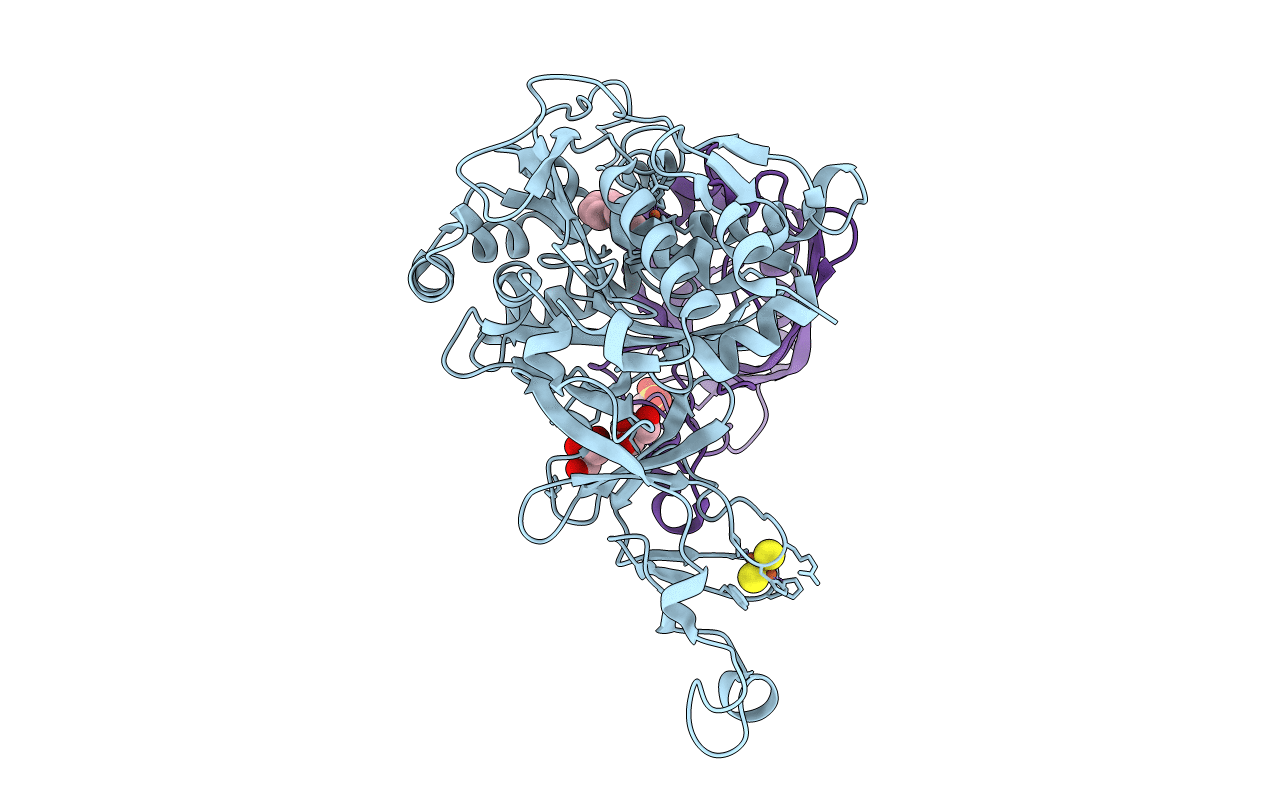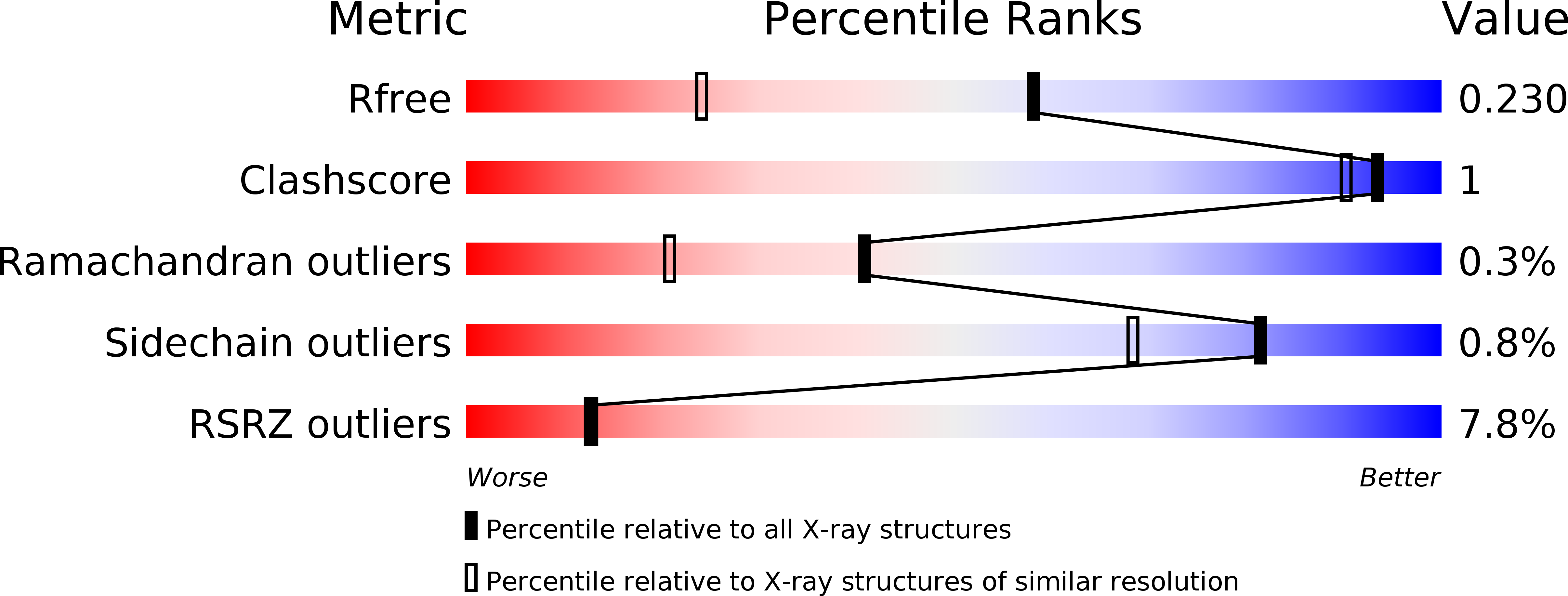
Deposition Date
2009-04-08
Release Date
2010-05-05
Last Version Date
2023-11-01
Entry Detail
PDB ID:
3GZX
Keywords:
Title:
Crystal Structure of the Biphenyl Dioxygenase in complex with Biphenyl from Comamonas testosteroni Sp. Strain B-356
Biological Source:
Source Organism:
Comamonas testosteroni (Taxon ID: 285)
Host Organism:
Method Details:
Experimental Method:
Resolution:
1.58 Å
R-Value Free:
0.21
R-Value Work:
0.20
R-Value Observed:
0.20
Space Group:
H 3


